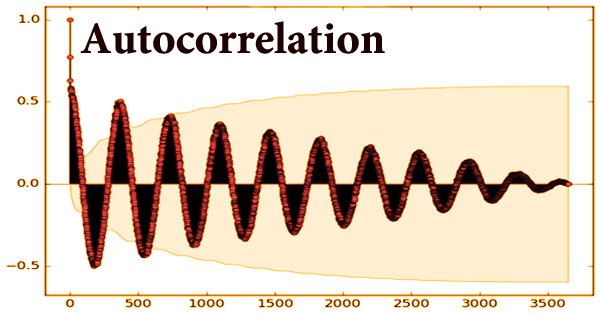According to new findings from a long-term epidemiologic study, one of medicine’s oldest racially-based diagnostic formulas is no better than a race-neutral equation, implying that the formula for diagnosing lung illness should be modified.
The study was published in the American Journal of Respiratory and Critical Care Medicine on Dec. 16 by Columbia University Vagelos College of Physicians and Surgeons researchers.
Lung disease encompasses a wide range of conditions that affect the lungs, including asthma, COPD, infections such as influenza, pneumonia, and tuberculosis, lung cancer, and a variety of other breathing issues. Respiratory failure can be caused by several lung illnesses.
The race-based algorithm is used to diagnose and describe the severity of COPD (chronic obstructive pulmonary disease). It is still recommended for usage in the United States and around the world, despite the fact that it is based on outdated methodology.
Because the algorithm involves racial adjustments in determining normal lung function, Black people with the same spirometer test results as white people may be less likely to be treated with COPD drugs or diagnosed with other significant lung illnesses.
Because of the race-based methodology, UCSF researchers discovered that fewer Black individuals with COPD and other lung disorders are identified appropriately, according to an accompanying publication in the same issue.
The current approach to defining normal lung function goes back to the 1840s, when the inventor of the spirometer, John Hutchinson, used the spirometer to measure lung capacity in about 4,000 people and used a cross-sectional approach to define which values indicated disease and which values were normal.
R. Graham Barr
History of the formula –
The history of the formula is nearly 200 years old.
“The current approach to defining normal lung function goes back to the 1840s, when the inventor of the spirometer, John Hutchinson, used the spirometer to measure lung capacity in about 4,000 people and used a cross-sectional approach to define which values indicated disease and which values were normal,” says the study’s senior author, R. Graham Barr, MD, DrPH, the Hamilton Southworth Professor of Medicine at Columbia University Vagelos College of Physicians and Surgeons and chief of the Division of General Medicine at Columbia University Irving Medical Center. Barr is also an epidemiology professor at Columbia University’s Mailman School of Public Health.
In the United States, comparable cross-sectional research conducted shortly after the Civil War discovered variations in lung capacity between “healthy” Black and white military soldiers. These observations were interpreted by pro-slavery physicians as a biological difference, which they exploited to justify slavery.
This cross-sectional method to defining normal lung function is still reflected in contemporary guidelines that propose using racial terms in the diagnostic algorithm.
Cross-sectional studies, on the other hand, only look at participants at a single point in time rather than tracking the same people over time, which is a more current and relevant way for determining which metrics are healthy and which may indicate disease.
The cross-sectional research was “a good and creative approach in the 1840s,” according to Barr, but “most fields have moved on once longitudinal data became accessible.”
Long-term prospective cohort studies or clinical trials, for example, are used to determine the diagnostic thresholds for type 2 diabetes, hyperlipidemia, and hypertension.
New approach
Barr and a multi-institution team of colleagues have been following a group of thousands of patients since the early 2000s, amassing a wealth of data on spirometry measures and the long-term progression of lung illness.
With this information, they were able to compare the race-based algorithm against a race-neutral formula to see which one was more effective at predicting lung problems.
The findings were unmistakable: stratifying patients’ lung disease risk based on race produced no better results than the race-neutral spirometry formula, and in some cases, the race-neutral spirometry formula produced better results.
“This type of research is important to evaluate the algorithms and diagnostics that the medical community has historically used to diagnose and treat disease,” says Lisa Postow, PhD, the program director of the COPD/environment program at the National Heart, Lung, and Blood Institute at the NIH.
For accurate diagnosis and treatment, accurate algorithms are required. Changing formulas could be simple and straightforward.
“There is a published race-neutral equation, which we used as a comparison in this paper,” says first author Arielle Elmaleh-Sachs, MD, postdoctoral clinical fellow in the Division of General Medicine at Columbia. Everyone has access to the race-neutral equation, and it would be relatively simple to change clinical practice.
















